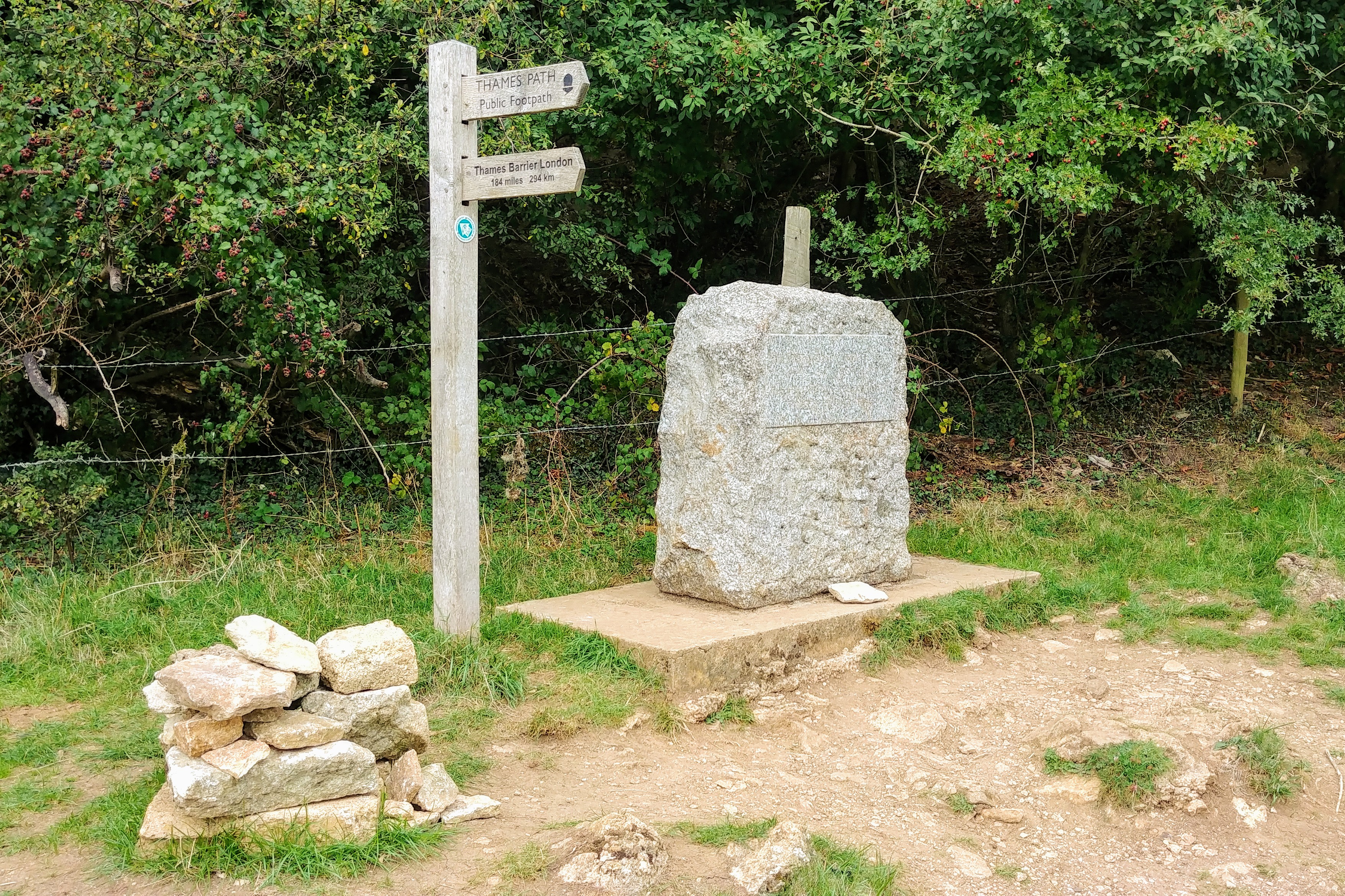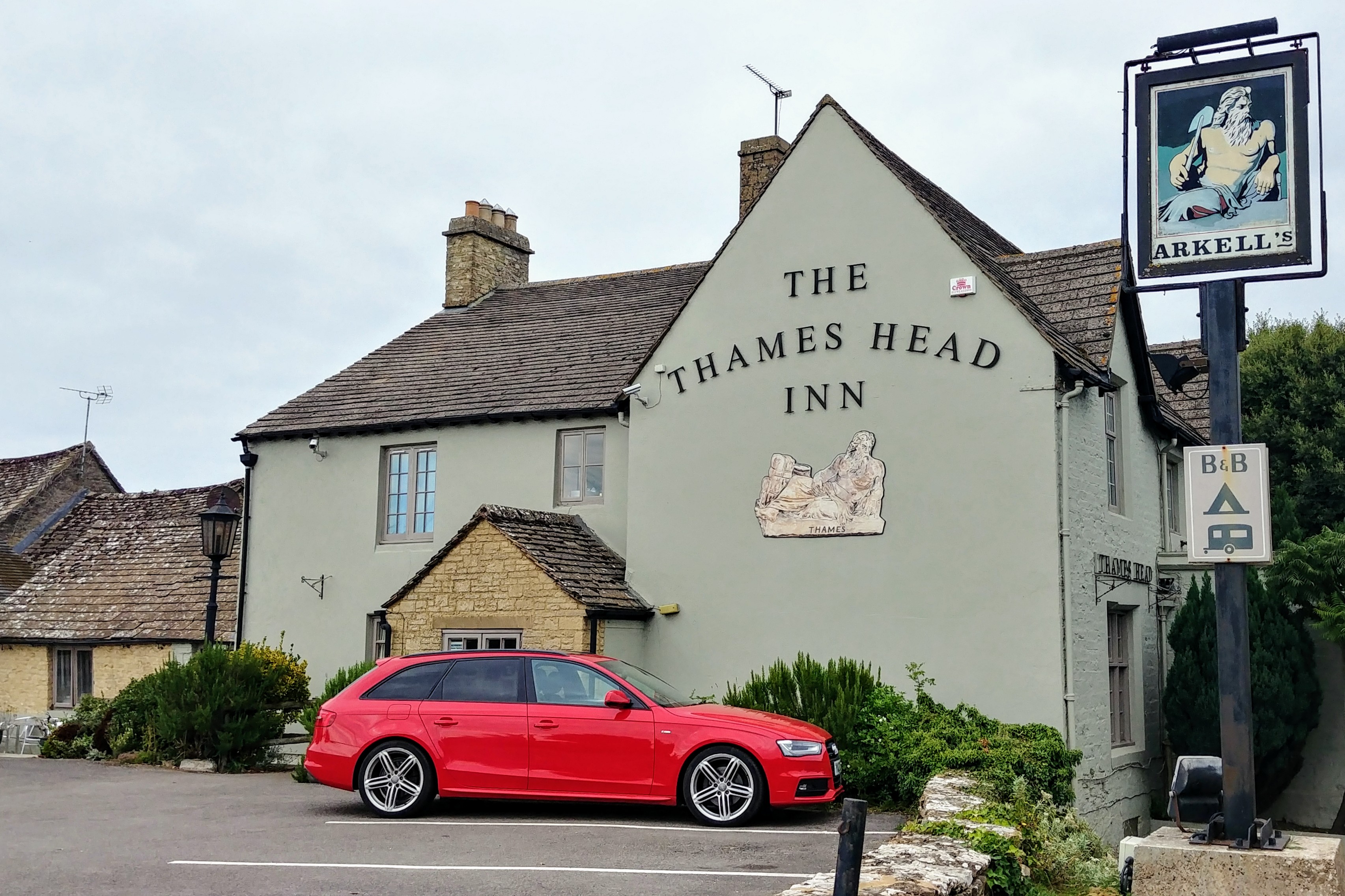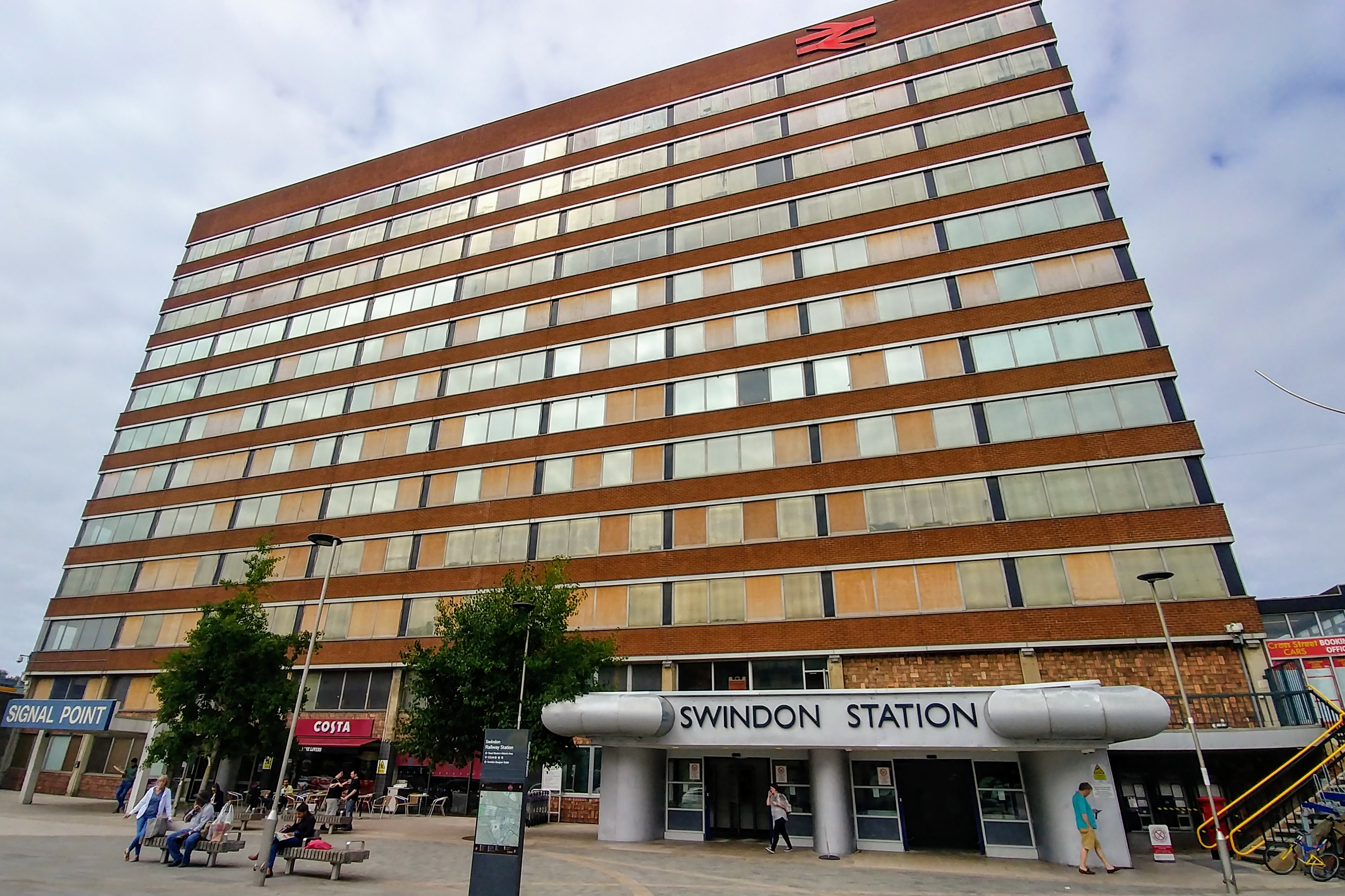I didn't have a moment to write any code from 9am until now, so my lunch will include doing the stuff I didn't do in all those meetings. At some point I'll get to these:
Now, back to writing code, as soon as I make yet another vet appointment for my bête noir.
This morning's sunrise in Chicago, at 7:26, will be the latest until 6 November 2021. It is not the latest possible sunrise; that would be the one we'll have at 7:29 on 6 November 2027 (and had on 5 November 2016).
I do not really understand the law passed in 2007 that moved our return to standard time from October to November. Who wants to wake up before dawn? Not me.
Tomorrow the sun rises at 6:28. (I will probably do the same around 8.)
CityLab discusses a University of Richmond project to map Congressional elections going back to 1840:
“Electing the House” makes the most robust and comprehensive dataset to-date of Congressional elections available in a user-friendly format, offering additional dimension of insight into the current political moment. It is the first part of a series, which may include visualizations of historical data on Senate elections in the future. Theproject features an interactive map, presenting each district color-coded based on the party that won in each Congressional election between 1840 and 2016. Toggling the option in the legend can isolate just the districts that have flipped one way or the other for each election year. (The first Congress was elected in 1788, but the researchers started with 1840 because that’s the year the data become sufficiently reliable.)
The interactive also allows users to view the data in the form of a cartogram, where each district is represented as a discrete bubble and the ones in populous metropolitan areas cluster together. This version gives a sense of the rural-urban divide in political representation over time. By clicking on a single district, the interactive allows users to explore its particular political trajectory.
The map also allows users to trace the constantly changing geography of Congressional districts—through regular redistricting and partisan gerrymandering. Below are a series of maps showing the evolution of North Carolina’s 12th district—the most gerrymandered district in America, according to an analysis by the Washington Post. “It snakes from north of Greensboro, to Winston-Salem, and then all the way down to Charlotte, spanning most of the state in the process,” writes the Post’s Christopher Ingraham. It’s been drawn up this way by Republicans to squeeze their opponents’ supporters into one Congressional district. You can see it getting skinner and more irregular over time.
Don't forget to vote next Tuesday, if you haven't already.
Lisbon has unique sidewalks, which are beautiful—and dangerous:
In a city without an iconic monument like Paris’s Eiffel Tower or Rome’s Colosseum, Portuguese pavement has become become Lisbon’s calling card. Its graphic black-and-white patterns are printed on souvenir mugs, canvas bags and T-shirts. City Council has even gone so far as to propose the sidewalks be added to UNESCO’s Intangible Cultural Heritage list, alongside Portugal’s melancholic national music, fado.
Portuguese pavement is excellent for subterranean aquifers because they allow rainwater to seep through the junctures between the stones, helping prevent flooding. But their maintenance is nothing short of Sisyphean. No sooner have crews of specialized workers, known as calceteiros, finished the arduous task of breaking limestone into bits of the proper shape, laying them out like puzzle pieces and hammering them into place with what looks like an oversized wooden pestle, do the stones start popping out. A single missing stone can trigger a snowball effect, causing others to fall out and leaving lurking holes.
Rainfall makes the situation even dicier. A 2011 survey of elderly Lisbon residents put the sidewalks at the top of their list of things they most fear. They’re also a daily crucible for disabled people, and those with strollers or suitcases.
Yeah, but they're gorgeous. I might have accidentally stolen one, too.
Today's Chicago Tribune lays out a cautionary tale about Cityfront Center, a downtown Chicago development that hasn't lived up to its developer's promises:
The goal was a “progression of spaces which are intended to unify the entire mixed-use project,” according to a 1987 document signed by then-planning commissioner Elizabeth Hollander and Chicago Dock’s president, Charles R. Gardner.
Thirty-one years later, no one disputes that Cityfront Center is a real estate success, even though it includes Chicago’s most infamous hole in the ground — the foundation for the unbuilt Chicago Spire, the twisting, 2,000-foot condominium tower that went bust in 2008.
The area, which turned out to be a better site for apartments than offices, is home to thousands of residents and generates tens of millions of dollars in annual property tax revenue.
Promenades are about moving; plazas are where you stop and take in the city. They are its living rooms. But Cityfront Center’s plazas don’t issue much of a welcome.
The problems begin at what’s supposed to be the western gateway to the district — Pioneer Court, a large but underachieving expanse of pavement at 401 N. Michigan Ave., next to the new Apple store.
On the plaza’s north side are rows of trellislike pavilions, trees and shrubbery. While those features provide much-needed places to sit, they block the view into the heart of Cityfront Center and partly obstruct the path to it. They even end in a cul-de-sac of fountains that forces pedestrians to retrace their steps.
Getting from one of Cityfront Center’s plazas to the other, it turns out, is no walk in the park.
The article has detailed maps and photos that show, in painful detail, how urban planners really need to brush up on A Pattern Language again.
On Thursday, Singapore Airlines reinstated its nonstop flight from Newark, N.J., to Singapore—an 18-hour, 45-minute marathon that covers 16,734 km:
What accounts for this sudden ultra-long-haul boom? Partly, it is technological advances. The Singapore-Newark flights will use new Airbus A350-900 ULR (ultra-long-range) planes, which are made of lightweight carbon-fibre materials, have extra fuel capacity, and conserve fuel by using only two engines rather than the typical four on long-haul jumbo jets. Singapore will also make these marathon flights more bearable with a few comfort upgrades. There will be no economy seats—just premium economy and business class—and only a total 161 seats compared to 253 on the carrier’s current A350-900s. The airline also claims an upgraded food menu and a range of entertainment options will help whittle away the many hours on board.
Here's FlightAware's map of that first flight, and GC Map's.
Remarkably, you can get a business class ticket on the flight for only $5,300, according to Hipmunk. (That's remarkable because a business class ticket to London for the same dates would be $8300 on American or $7650 on British.)
Who wants to go with me?
Anyone who has traveled from the US to Canada or Europe notices quickly that their transit systems simply work better. Londoners may moan about the Tube, but one can get from any part of Greater London to any other at almost any time of day using trains or buses.
Writing for Citylab, Jonathan English explains why and how the rest of the world got it right and we got it so very wrong:
[T]o briefly summarize: Transit everywhere suffered serious declines in the postwar years, the cost of cars dropped and new expressways linked cities and fast-growing suburbs. That article pointed to a key problem: The limited transit service available in most American cities means that demand will never materialize—not without some fundamental changes.
Many, though not all, major cities in the U.S. have a number of rail lines radiating out of their centers. Most of them are only used by freight or a few commuter train trips a day. It’s a huge, untapped resource. There’s no reason why those railway lines can’t be turned into what are effectively subway lines—high-capacity routes that allow people to get across the city quickly—without the immense cost of tunneling. In Europe, what we usually call “commuter rail” operates frequently, all day, and cost the same fare as other local transit. That’s the difference between regional rail and commuter rail. A transit system with service that is only useful to 9-to-5 commuters to downtown will never be a useful one for most people.
Fares need to be low enough that people can afford to take transit. New York City will soon join other cities like Tucson and Ann Arbor in having discounted fares for low-income people. That is important to make transit accessible to everyone. But fair fares isn’t just about keeping fares low. It’s also about eliminating arbitrary inequities. People shouldn’t have to pay a transfer penalty or a double fare just because they switch from bus to rail, transfer between agencies, or travel across the city limits. A transfer is an inconvenience—you shouldn’t have to pay extra for it.
Fares should be set for the convenience of riders, not government agencies. A trip of a similar distance should have a similar fare, regardless of whether it’s on a bus or train, or if you have to cross city limits. Commuter rail shouldn’t be a “premium service” that only suburban professionals can afford.This is the kind of unfairness that infuriates people and drives them away from transit.
Chicago, by the way, has contemplated a regional farecard system for decades. Maybe someday...
Researchers at the City University of New York have discovered that Yelp data can show rising incomes with remarkable precision:
First, in testing a popular theory about signs of the gentry’s arrival, they pulled out all the Starbucks listings on Yelp across the United States dating back to 2007. Combining that information with Federal Housing Finance Agency data by zip code, they found that the arrival of every new Starbucks into a given area was associated with a 0.5 percent rise in local housing prices. Coffee shops of all kinds—artisanal and chain—had a similar relationship.
More broadly, they found that housing prices grew in tandem with the entry of new restaurants, bars, hair salons, convenience stores, and supermarkets. Counting reviews, the Yelp data also captured commercial activity at those businesses, which turned out to be a predictor of rising home values, too.
Fascinatingly, different listing types were more correlated with different demographics than others as they increased within Big Apple neighborhoods. Grocery stores were more strongly associated with demographics than any other listing type—the greater the change in grocery stores in a neighborhood, the greater the change in college-educated white people ages 25-34, the researchers found.
Citylab caveats the data, saying, "Still poorly understood, however, is which comes first in gentrifying neighborhoods: the wealthier residents or the 'nice' amenities."
I mentioned earlier today (yesterday BST) that I sought the Source. Here it is:

That monument marks the official head of the River Thames, though in September after a long, dry summer, there isn't a lot else that would convince you. Still, boundaries and origins have always fascinated me, so I just had to see it.
Naturally, the closest pub to the monument capitalizes on its notoriety:

Also just as naturally, my trip to Kemble required a totally unanticipated hour and 20 minutes in Swindon, which...well, let me save a thousand words:

Yeah...I don't even know the American analogy to it, but my money's on Elgin: the train doesn't stop in the best spot, but otherwise it's a decent exurb with a history.
Tomorrow I'm staying entirely in London, and planning on going to pub quiz at my second-favorite pub in the world, now that I know they have pub quiz Monday nights. Right now, I aim to finish Redshirts, which I started in Kemble. And then go to sleep. Because my stay-on-Chicago-time strategy has not worked entirely according to plan.